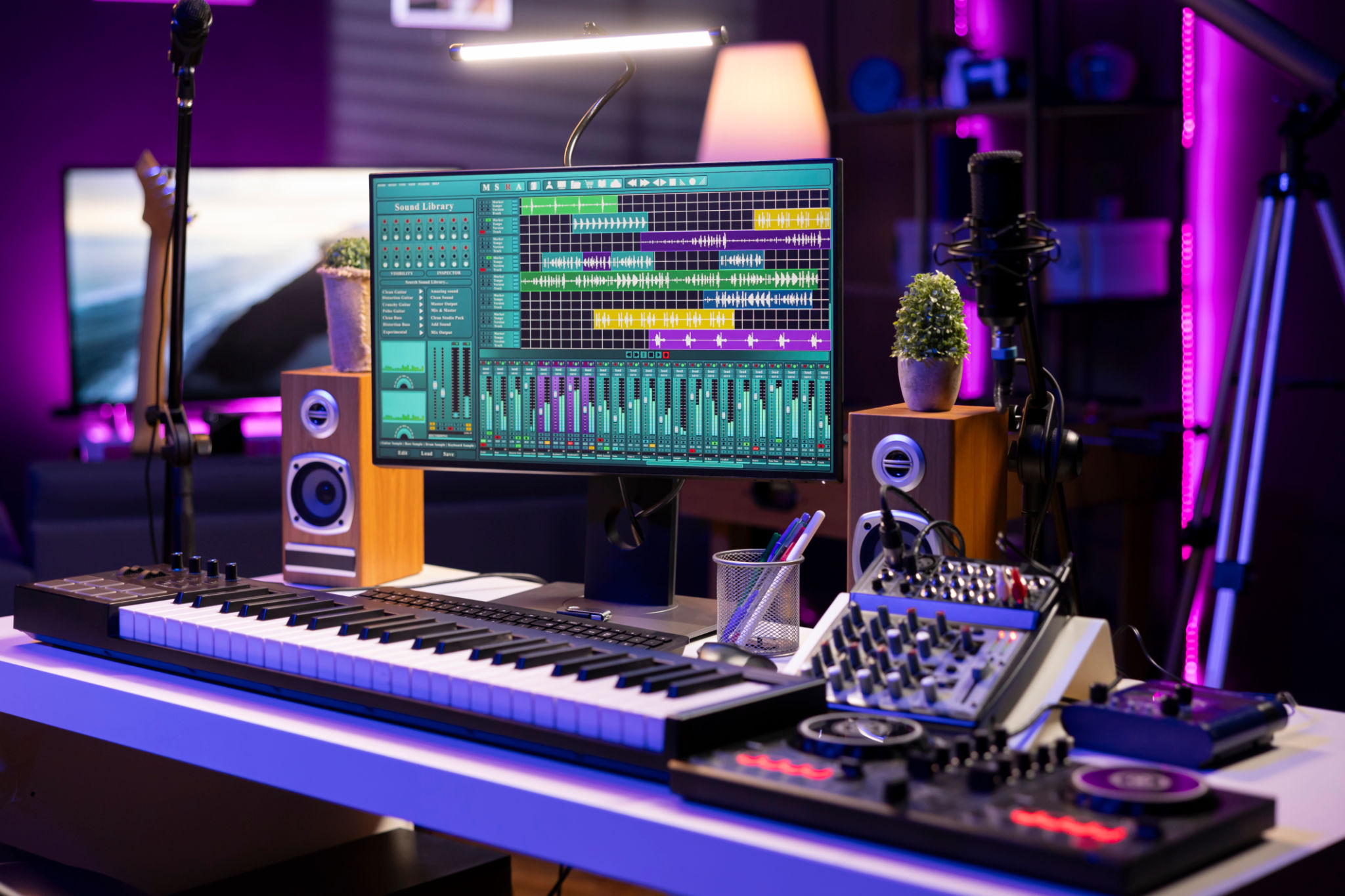The Evolution of Electronic Arts: From Synthesizers to Dance Floors
The Birth of Electronic Music
Electronic music has a rich history that dates back to the early 20th century, evolving through various technological advancements and cultural shifts. Initially, electronic music was primarily experimental, with composers and musicians using rudimentary electronic instruments to explore new sounds. The introduction of the synthesizer in the mid-20th century marked a significant turning point, allowing for greater experimentation and creativity.
In its early days, the synthesizer was seen more as a tool for avant-garde musicians and composers rather than mainstream artists. However, as technology advanced, these instruments became more accessible and affordable, paving the way for their integration into popular music. This evolution laid the groundwork for the electronic music revolution that was to follow.

The Rise of Electronic Dance Music (EDM)
By the late 1970s and early 1980s, electronic music began to infiltrate the mainstream music scene. This period saw the rise of electronic dance music (EDM), which combined elements of disco, funk, and new wave with electronic sounds. Clubs and DJs embraced these new sounds, giving birth to a vibrant dance culture that spread across the globe.
Artists like Kraftwerk and Giorgio Moroder were among the pioneers of electronic dance music, using synthesizers and drum machines to create infectious rhythms and melodies. Their influence can still be felt today in modern EDM genres such as house, techno, and trance. The dance floors of clubs became the new concert halls, where DJs were the conductors orchestrating an energetic symphony of beats.

Technological Innovations in Electronic Music
As technology continued to advance, so did the capabilities of electronic music production. The development of digital audio workstations (DAWs) revolutionized the way music was created, allowing artists to produce complex compositions entirely on a computer. This democratization of music production opened up opportunities for a new generation of artists to experiment and innovate.
The rise of the internet further fueled the growth of electronic music by providing platforms for artists to share their creations with a global audience. Online communities and forums became breeding grounds for collaboration and exploration, fostering a diverse range of subgenres and styles within the electronic music landscape.

The Cultural Impact of Electronic Music
Electronic music has had a profound impact on popular culture, influencing fashion, art, and even social movements. The rave scene of the 1990s exemplified this cultural shift, as young people gathered in warehouses and open fields to experience the freedom and unity that electronic music provided. These gatherings were not just about the music; they represented a lifestyle and an ethos centered around inclusivity and expression.
Today, electronic music festivals attract millions of attendees worldwide, showcasing the genre's ability to bring people together from diverse backgrounds. Events like Tomorrowland and Ultra Music Festival have become cultural phenomena, celebrating not only music but also art, technology, and community.

The Future of Electronic Arts
The future of electronic arts is bright and continually evolving. As technology continues to develop at an unprecedented pace, new possibilities emerge for artists to explore. Virtual reality (VR) and augmented reality (AR) are beginning to play a role in live performances, offering immersive experiences that blend visuals, sound, and interaction in groundbreaking ways.
Moreover, artificial intelligence (AI) is starting to make its mark on electronic music production. AI tools can assist artists in generating new sounds, composing melodies, or even creating entire tracks autonomously. These innovations may redefine what it means to be an electronic musician in the coming years.

Conclusion
From its humble beginnings with early synthesizers to its current status as a global cultural force, electronic music has undergone a remarkable transformation. Its evolution is a testament to human creativity and technological progress. As we look to the future, one thing is certain: electronic arts will continue to push boundaries and inspire generations to come.